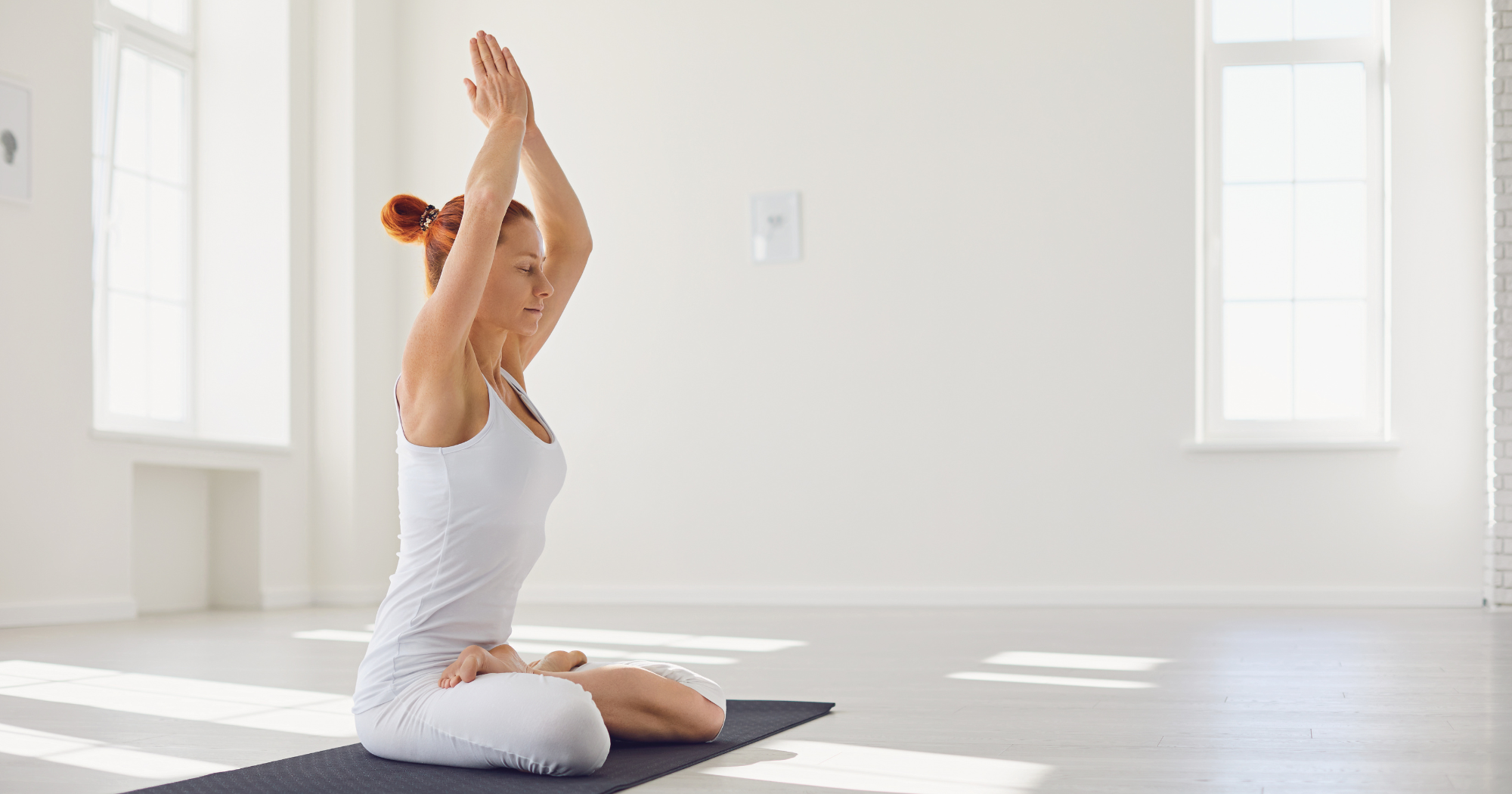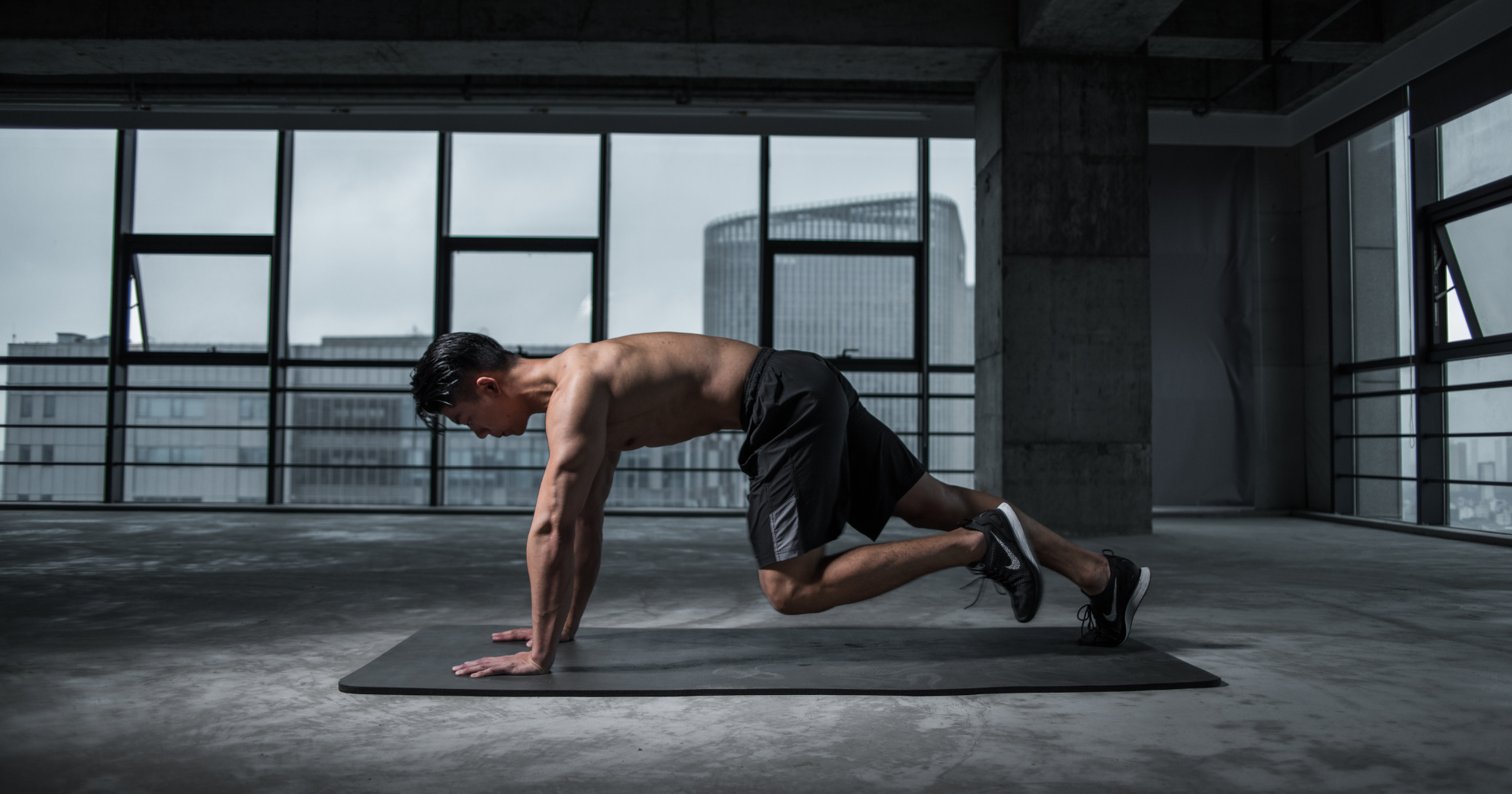
Finding Your Ideal Walking Pace on a Walking Pad
, by FLOW Admin, 6 min reading time
1,200+ satisfied customers  (4.7/5)
(4.7/5)

, by FLOW Admin, 6 min reading time
Walking pads have revolutionised the way we approach fitness, especially for those balancing exercise with work or limited space. But a common question arises: how fast should one walk on a walking pad? This blog aims to provide guidance for both general workouts and while working.
For general health and fitness, a brisk walking pace is ideal on a walking pad. This usually means walking at a speed where you're slightly out of breath but still able to hold a conversation. Typically, this translates to about 3 to 4 miles per hour (mph). Such a pace ensures a good cardiovascular workout, promoting calorie burning and muscle strengthening, without overexerting yourself.
When using a walking pad in a work setting, the dynamics change. The key is to find a balance where you can stay active without compromising work productivity. A more moderate pace, typically around 1 to 2 mph, is recommended. This speed allows you to walk comfortably while focusing on work tasks like typing or making calls.
Walking is a versatile exercise that can be adapted to suit various fitness levels and goals. The key is to find a pace that aligns with your current fitness level and objectives, and then adjust as you progress. Here’s a breakdown of different walking speeds and their respective benefits:
Ideal for Beginners: A slow pace is perfect for those new to exercise or returning after a break. It allows your body to adapt to physical activity without undue strain.
Benefits: Enhances joint mobility, gently strengthens muscles, and is excellent for relaxation and stress relief.
Who It’s For: Ideal for older adults, individuals with limited mobility, or those seeking a gentle, therapeutic form of exercise.
Steady and Sustainable: This is a comfortable walking speed for most people. It’s brisk enough to increase your heart rate and breathing but not so intense that you can’t hold a conversation.
Benefits: Improves cardiovascular health, burns more calories than a slow pace, and starts to engage the muscles more significantly, aiding in overall toning.
Who It’s For: Suitable for regular walkers, those looking to lose weight, and individuals aiming for overall health improvement.
Challenging Yet Achievable: A brisk pace is vigorous and can be sustained for a shorter duration. It’s akin to a power walk.
Benefits: Maximises calorie burn, strengthens the heart and lungs, and builds endurance. It also significantly engages leg and core muscles, contributing to muscle tone and strength.
Who It’s For: Ideal for fitness enthusiasts, individuals training for events, or those looking to maximise their workout in a shorter time frame.
Using your heart rate as a guide during exercise is an excellent strategy to ensure you're working out at an intensity that's both safe and effective for your fitness goals. Here's how you can do it:
Determine Your Maximum Heart Rate: The simplest way to estimate your maximum heart rate is by subtracting your age from 220. For example, if you're 30 years old, your estimated maximum heart rate is 190 beats per minute (bpm).
Identify Your Target Heart Rate Zone: For most people, the ideal heart rate zone for moderate-intensity exercise is about 50-70% of your maximum heart rate. For vigorous activity, it's about 70-85%. Using the previous example, a 30-year-old would aim for a heart rate between 95 bpm (50% of 190) and 133 bpm (70% of 190) for moderate exercise, or between 133 bpm and 162 bpm for more vigorous activity.
To make this calculation easier, you can use a Heart Rate Calculator, a convenient tool that quickly helps you identify your target heart rate zones based on your age.
Walking on a walking pad is a versatile exercise that can be adapted to different needs. Whether it’s a vigorous workout or a gentle stroll while working, walking pads offer a convenient way to stay fit and active. Remember, consistency and comfort are key - find your pace and make walking a regular part of your routine.
Walking speed on a walking pad compared to outdoor walking can vary significantly due to several factors. Outdoor walking often involves varying terrains and inclines, which can naturally increase the intensity of the workout. In contrast, walking pads provide a consistent, flat surface. This controlled environment can make it easier to maintain a steady pace, but it might not offer the same level of challenge as walking uphill or on uneven ground. However, walking pads are excellent for maintaining a consistent exercise routine regardless of weather conditions or outdoor environment.
Walking at different speeds on a walking pad can indeed target different muscle groups and offer varied health benefits. A slower pace is great for warming up, cooling down, or for those new to exercise, focusing more on endurance and joint mobility. A moderate pace can effectively work the major muscle groups in the legs and help improve cardiovascular health. On the other hand, a brisk pace increases the intensity of the workout, engaging the core and upper body more significantly, leading to better calorie burn and muscle toning.
When walking at different speeds on a walking pad, maintaining proper posture and technique is crucial. For all speeds, keep your back straight, shoulders relaxed, and look forward. At slower speeds, focus on rolling your foot from heel to toe to engage your leg muscles fully. As you increase your pace, pay attention to your arm movements – they should be more pronounced and in sync with your legs for better balance and momentum. For brisk walking, engage your core for stability, and consider taking shorter, quicker steps to maintain balance and prevent strain.
To progress from a moderate to a brisk pace, start by gradually increasing your walking speed over several sessions. You can begin by incorporating short intervals of brisk walking into your moderate-paced walks. For instance, walk briskly for one minute every five minutes, then gradually increase the duration of these brisk intervals. Pay attention to how your body feels and only increase the pace when you feel comfortable and without pain. Consistency is key, so regular walking sessions will help build your endurance and strength, allowing you to comfortably transition to a brisker pace over time. Remember, it's important to listen to your body and not rush the process to avoid injury.


